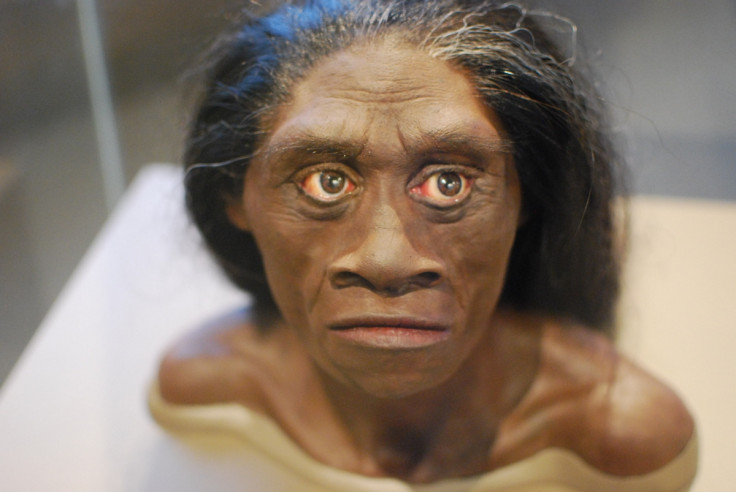Did Aragorn kill Frodo? Teeth found in 'hobbit' cave suggests humans pushed species to extinction
New evidence suggests H. floresiensis may have cohabited with early humans on Indonesian island of Flores.

Scientists have unearthed a pair of 46,000-year-old human teeth in Liang Bua cave on the Indonesian island of Flores, the ancient home the mysterious hominid species Homo floresiensis – also known as "hobbits". This is a striking discovery, as it reinforces the idea that Homo sapiens and H. floresiensis cohabiting at some point in time, and potentially pushed them to extinction.
In 2003, scientists discovered on Flores the bones of tiny hominins who would have existed there up to 50,000 years ago. These hominins were given the name of H. floresiensis, but the nickname of "hobbit" also emerged because of their similarity with the fictional JRR Tolkein characters – they would not have been more than a metre tall, with shrugged-forward shoulders, small brains and large feet.
Since then, H. floresiensis has presented scientists with an evolutionary mystery. Who were its ancestors? How did it get its small size? And how did it disappear? All these questions have remained elusive.
The recent findings, presented on 17 September at the annual meeting of the European Society for the study of Human Evolution in Madrid, suggest H. sapiens may have crossed paths with H. floresiensis, and gives credence to the theory that it may have been responsible for its demise.
Teeth mystery
Recent dating work in Liang Bua have confirmed that the extinction of hobbits occurred around 50,000 years ago – a time when there is evidence that early humans already lived in Southeast Asia.
The teeth discovery presented in Madrid were first excavated in 2010 and 2011 and consist of a human upper premolar and lower molar teeth. They have been carbon-dated to around 46,00 years ago, using charcoal samples found nearby.
According to archaeologist Thomas Sutikna and geochronologist Richard Roberts, from the University of Wollongong (Australia) who presented the findings, there are some indications that the teeth did belong to H sapiens and not to "hobbits". The most obvious is that they are larger than those of H. floresiensis. However, more evidence is needed to reach a firm conclusion about the teeth's origins – comparisons with a wide range of remains from H. sapiens and H. erectus may for example be interesting.
If the teeth indeed belong to our early human ancestors, it would place them on Flores soon after the potential disappearance of "hobbits", suggesting that they may indeed have played a role in the extinction of H. floresiensis, as it was previously suggested. They may for example have out-competed them for limited resources on the island.
To investigate all these hypothesis further, the team team is returning to Liang Bua in the spring, and will analyse cave deposits dating from between 46,000 and 50,000 years old.
© Copyright IBTimes 2025. All rights reserved.






















